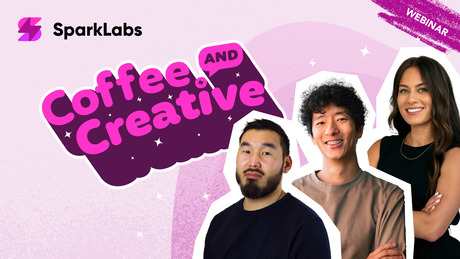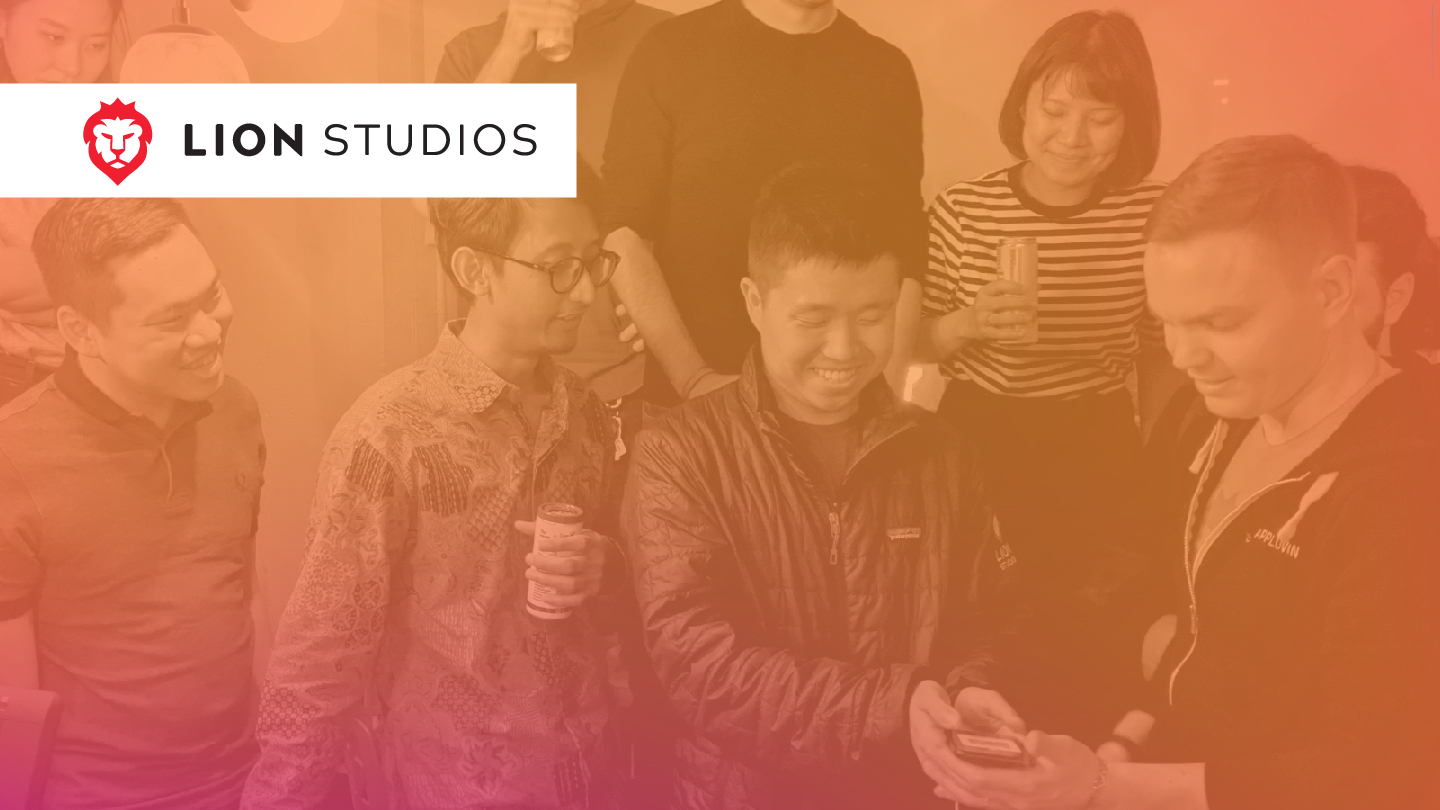Recently, we hosted a mobile gaming Hackathon at Lion Studios where developers from different countries and backgrounds came together with one sole purpose — to create innovative and fun mobile games. Four teams competed to ideate, iterate and ultimately, launch a game in the span of four days.
Participants came from Pakistan, Indonesia, and the U.S., all with varying levels of experience — for some, they’ve been building games for 7+ years, while for others this was their very first game. Each brought with them different specialties and cultural perspectives coupled with the excitement of owning a project from end to end. We even had a few potential candidates participate in the Hackathon, acting as a very hands-on interview process.
Once each group was informed of their teammates, everyone hopped on calls to discuss ideas for the basic gameplay by choosing a theme from the list provided. Developers could select from these potential game types: Board / Strategy, Maze / Escape, Casual RPG / Card Battle, or Jumping progress / Parkour — these main gameplay categories helped inform the type of game that each team built.
What theme or style did each team think would lure in gamers? Some opted for interesting environments for a game to take place, like space with a fun twist involving corgis, while others chose a theme to develop around — like detectives vs. mobsters. The following few days developers put all of these ideas into practice — developing and implementing gameplay, choosing characters and display style — all while constantly iterating and looking for ways to improve.
At the forefront of each participant’s mind was ways to make their game stand out above the rest. Some key elements that influence a game’s virality: finding a unique way to implement gameplay, incorporating a gripping narrative, and ways for the gamers to up-level their playing experience and signal engagement — such as through upgrading their experience, keeping the core loop of gameplay consistent — while leaving room for add-on capabilities, ensuring the control schemes are simple, and of course, making sure the game resonates with the masses.
While looking for these improvements, teams collaborated in real time. The final teams decided on their themes and names, landing with: Entangled, Shadow Alley, Fashion Shoot, and Corgi Space Rescue. I sat down with one of the teams mid-week over lunch to find out how the process was going. This team built Shadow Alley — a hyper-casual action game and they were ideating on which graphics to use to bring into their game — opting to select from some pre-built themes so they could maximize spending their time on developing the gameplay aspects. They wanted the game to look new and innovative with clean graphics, in hopes of ultimately having a lower CPI. This team thought the new theme of playing a detective hunting for mobsters in a classic maze style gameplay would attract new users. The team considered the idea of “light” and “dark” gameplay to keep players intrigued, contemplating additional visual effects like lasers when an enemy is defeated. In creating a prototype, they focused most on the few main characters, with ideas for building out the character roster as they went — the integral players being a hero and a few villains.
“I’d say that building a game is 40% storytelling and 60% innovative gaming,” said Corey, a developer on the Shadow Alley team. “You choose a theme to entice a gamer to play, and the gameplay is what keeps them coming back for more.”
At the end of the week, we all gathered to play each of the prototyped games, and voted on which characteristics we liked best from each. The games were judged individually on how likely the participants would play the game, preference of the theme chosen, how the core gameplay manifested and the overall art and production of the game. After tallying the scores, Entangled, a maze-style game involving a spider landed in first place, with the highest production value and the Corgi Space Rescue earned an honorable mention.
“Seeing these teams come together, with no knowledge of each other’s skill sets, strengths, and quirks to not only collaborate, but put out a game prototype in four days was pretty incredible,” said Rafael Vivas, President of Lion Studios.
Following the announcement of winners, the teams all celebrated with pizza and a happy hour, commemorating a week of a lot of work, and a lot of fun.









